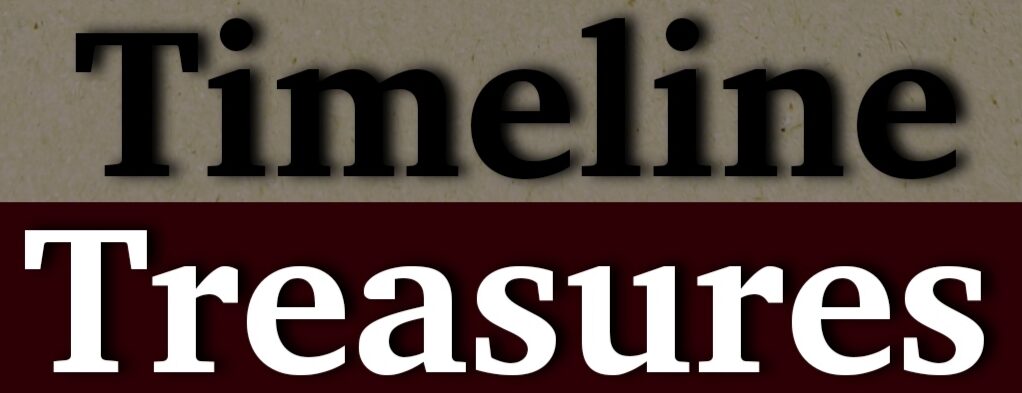
Rating: ⭐⭐☆☆ (2/4 stars)
Runtime: 115 minutes
Rated R: For strong bloody violence, disturbing imagery, graphic nudity, language, and brief sexual content
Director: Danny Boyle
Writers: Alex Garland
Twenty-eight years after the rage virus first turned London into a ghost town in 28 Days Later, director Danny Boyle and writer Alex Garland are back — with a darker, messier, and more introspective sequel in “28 Years Later.” But unlike the slick, overblown reboots we’re used to, this third entry in the franchise doesn’t go bigger. Instead, it doubles down on chaos, disorientation, and an unsettling sense of reality.
From Viral Horror to iPhone Filmmaking
Gone are the polished visuals of modern cinema. Boyle and longtime collaborator Anthony Dod Mantle embrace gritty minimalism, shooting much of the film on iPhones. The result? A frantic and often jarring visual experience that mirrors the emotional and physical disarray of a world long lost to infection.
Rather than global expansion, the story remains grounded — quite literally — on an isolated island off the British coast. The infected still roam freely on the mainland, and the survivors cling to scraps of civilization. The post-apocalyptic world hasn’t evolved — it’s decayed further.
A Bleak Road Trip Through the Apocalypse
The film follows a young man named Spike (played by newcomer Spike Fearn), who sets out on a mission to save his delusional mother (Jodie Comer), who now confusingly refers to him as “Daddy.” They journey in search of a reclusive doctor, portrayed with eerie charm by Ralph Fiennes, whose constant bonfires have sparked rumors of a cure — or madness.
On their path, they encounter a strange ensemble: a Swedish NATO soldier (Edvin Ryding) stranded from a failed mission, isolated townsfolk, and hordes of infected humans — including a new class known as “Slow-Lows” that crawl grotesquely on the ground in search of food.
More Chaos Than Clarity
While 28 Years Later delivers moments of emotional sincerity and surreal horror, its narrative often feels scattered. Boyle’s trademark frenetic direction is at times compelling, but more often overwhelming. The film walks the line between metaphorical meaning and visual overload — not always successfully.
Yet, even with its structural flaws, the film offers moments of reflection: the pain of loss, the longing for connection, and the unsettling idea that humanity’s worst traits — rage, denial, delusion — may be as unstoppable as any virus.
The Saga Continues…
Love it or hate it, this isn’t the end. Boyle is already planning a full trilogy, with the next installment — “28 Days Later: The Bone Temple” — already completed under the direction of Nia DaCosta (Candyman).
Final Verdict:
28 Years Later is bold, erratic, and often hard to watch — but not without purpose. If you’re looking for a polished horror blockbuster, this may not be your film. But if you’re open to something raw, strange, and unnervingly timely, it’s a journey worth taking — with caution.
